Before George Floyd, before Rodney King, there was Sagon Penn, whose deadly encounter with two police officers strained racial tensions that many San Diegans had not even known were fraught.
In March 1985, two San Diego police officers stopped the young Black man in the Encanto neighborhood. The exchange grew violent. Penn — a martial arts student who was also a practicing Buddhist — fended off baton blows from the two White officers. Penn, on the ground, grabbed a gun from one of them and shot them both, leaving one dead and the other near death. Then he shot a civilian ride-along and fled in a police car.
The 23-year-old admitted to killing Officer Thomas Riggs and wounding Officer Donovan Jacobs and ride-along Sarah Pina-Ruiz.
Two narratives emerged: Either police had been attacked while doing their job or it was a matter of police brutality and self-defense. Still, most agreed the case was likely a slam dunk for law enforcement. But that would not be the end of the story.
A newly released book, “Reap the Whirlwind: Violence, Race, Justice and the True Story of Sagon Penn,” revisits the story that roiled the region.
Sagon Penn, 23, shot and killed San Diego police Officer Thomas Riggs, 27, and wounded another officer and a civilian police observer following a traffic stop in Encanto. Within a hour of the shootings, Penn walked into the central police headquarters downtown and told police he had shot two officers. Here he is shown being escorted to a car by detectives at 3:50 a.m. on April 1, 1985. (Michael Franklin / U-T file)
“The incident itself and the trial are astonishing,” author Peter Houlahan said. “But what really connected me with the story is when you start to see the different layers of how it impacted the city.”
The book hit shelves in July after Houlahan spent four and a half years digging into not just the court case, but into understanding the community. Perhaps most difficult, he said, was evaluating the lasting impact of the nearly 40-year-old case.
“I think San Diego certainly became more self-aware of issues that it was facing, that it had not taken on,” he said. Among them, he said, was that southeastern San Diego was getting hit with the same problems as bigger cities — “violence, guns, harder drugs, meaner street gangs” — more than the rest of the city realized. The Penn case exposed the disparity.
Change would follow the Penn case, including the creation of the Citizens Advisory Board on Police/Community Relations designed to foster cooperation and communication. Steps were also taken to better ensure the safety of officers, from better holsters to requirements to wear bullet-resistant vests, the author said.
‘A volcano ready to blow’
In 1985, conservative San Diego was parochial, seeing itself as more of a military and beach town than the big city it had become. A year earlier, it was the site of a massacre at a San Ysidro McDonald’s, when an active shooter killed 21 and wounded 17. And in 1979, a 16-year-old girl named Brenda Spencer used a scoped rifle and opened fire on students heading to an elementary school in her San Carlos neighborhood. She shot eight children and three adults. Two of the adults died.
And in the seven years prior, seven San Diego police officers were fatally shot while on duty. (By way of contrast, over the last 30 years, four San Diego officers have been shot and killed on duty.)
The city’s chief of police at the time — Bill Kolender, who later became sheriff — had been trying to improve race relations in San Diego even before the incident. “This was not a case of a police force with rampant racism that just didn’t care,” Houlahan said, adding that Kolender was “considered one of the most progressive” chiefs. The book notes that on his first day as chief, Kolender called together his command staff to order an internal crackdown on racist slurs and sexist jokes. And after a study of officer behavior in southeastern San Diego, he implemented “aggressive reforms.” That was before Penn.
On March 31, 1985, the officers were looking for a gang member with a gun when they confronted Penn as he drove his grandfather’s pickup truck loaded with several Black teens and men. They were on a long driveway on a dead-end stretch of Brooklyn Avenue about a block north of the trolley tracks.
Dozens of witnesses saw the ensuing violence. One woman called 911 to report “police brutality” in her front yard. The shooting happened while she was on the phone.
Sagon Penn’s father, Thomas Penn, foreground, and grandfather Yusuf Shaeed Abdullah. Abdullah accompanied Sagon to the police station so that he could turn himself in. (Michael Franklin / U-T file)
The dueling narratives — legitimate police work ending in a violent attack or self-defense in the face of a beating — quickly emerged.
Houlahan’s book notes that a conservative opinion writer with the San Diego Union quickly sided with the police, saying officers “don’t go around beating citizens” and dismissing any racial aspect. Local TV newscaster Michael Tuck pushed back in his “Perspective” pieces. The newspaper’s ombudsman later wrote a column noting the paper’s piece was “less than even-handed,” Houlahan said. Black community leaders urged patience and restraint from the community.
“In just two weeks, the Sagon Penn incident laid bare a social division that had been developing in San Diego since the dramatic increase in the 1970s,” Houlahan wrote. His book points to statements from southeastern San Diego community leaders who spoke of the “great rage that exists in our communities” and said the area was “a volcano ready to blow.”
The trial brought bombshells and contradicting testimony and allegations. There was a tussle over medical evidence regarding whether Penn had been beaten and a demonstration by the defense to show he had been. Jurors also saw a demonstration in a parking garage to hear testimony about who had been where.
The wounded officer testified. So did the woman who’d been riding with Riggs. And so did several of the witnesses. Trial lasted nine weeks. Jury deliberations stretched into weeks and held unexpected developments, as well.
In the end, Penn was acquitted of murder. Then he was acquitted again at a second trial, this time of manslaughter. Lesser charges drew deadlocks and were dismissed.
The absence of cable news and social media
The Encanto shooting was not caught on video. Six years after the Penn case, in 1991, a bystander recorded Los Angeles police beating Rodney King. That video seared itself into the public consciousness.
Author Peter Houlahan’s new true-crime book, “Reap the Whirlwind: Violence, Race, Justice, and the Story of Sagon Penn.” (Counterpoint Press)
The officers in the King incident were cleared of wrongdoing by a jury and several West Coast cities erupted with riots. But San Diego’s unrest was relatively low level, observers told Houlahan. Some suggested that there was a correlation to the Penn case, that San Diego had already had its own trauma, its own recent reckoning.
There’s little doubt that if the Penn case had happened today, the incident likely would have been caught on cameras worn by the officers, and on cellphones of several bystanders. It might have led national newscasts and drawn gavel-to-gavel trial coverage via livestream and spawned social media commentary.
“It’s a very good case study to see how something unfolded in the absence of those things,” Houlahan said. “Because now those things play such a big role, flooding the zone with rumor, innuendo, polarization.”
With the Penn case, he noted, everyone was getting their information from the same sources — newspapers and local TV affiliates — and it had “a moderating effect.”
“There was certainly polarization (when) things flared up, but I think in the end, San Diego kind of became a city that showed restraint and patience,” he said. “This seemed to be a city that tried to do the right thing. Certainly, two juries that tried to do the right thing, whoever agrees with them or not.”
Years of research
Houlahan attended UC San Diego from 1979 through 1984, leaving the year before the deadly encounter. He learned of the case from a friend in 2019. The East Coast-based author had just finished a different book — “Norco ’80,” the true story of an extremely violent 1980 bank robbery that Houlahan said became a gateway to police militarization — and he was quickly intrigued by Penn’s case. He started his research months before the world knew the name George Floyd, before the country erupted over the collision of law enforcement and racial injustice, as it had many times before.
Author Peter Houlahan (Counterpoint Press)
Houlahan found Penn’s name in 1,400 newspaper stories from San Diego and Los Angeles in the two decades that followed the shooting.
He found some information in the court files, but the gold mine — from 911 calls to recorded interrogations with Penn to trial transcripts to an old reenactment video of the incident — was in the basement of the law offices of Penn’s defense attorney, Milt Silverman.
Silverman himself characterized the case as “the biggest, most divisive, racially charged, criminal case in the history of San Diego.” During the legal battle, the seasoned defense attorney was the subject of threats and started carrying a gun.
The outcome of the trials made Silverman a local legal legend, and he continued his passion of taking on not cases, but causes. He would later represent others falsely accused and win. Silverman died in May before he got a chance to read the book.
Houlahan’s work also led him to spend time with the man who prosecuted the case, Mike Carpenter, who the author said was “very gracious and very forthcoming and very thoughtful.” Carpenter has since moved out of state.
The widow of slain Officer Riggs talked with Houlahan for the book. Pina-Ruiz, the ride-along who Penn shot, died of cancer several years ago. Jacobs, the wounded officer, left policing and became an attorney in 1992. He did not participate in the book and did not respond to requests for comment from the Union-Tribune.
Penn’s life after the acquittals was fraught with trouble, volatility and several encounters with police.
He killed himself in 2002. His mother found him near a suicide note.
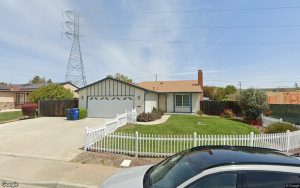

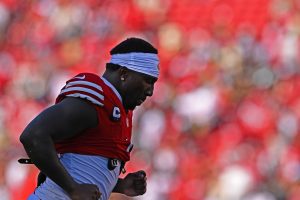
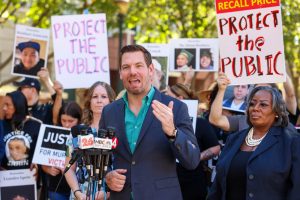
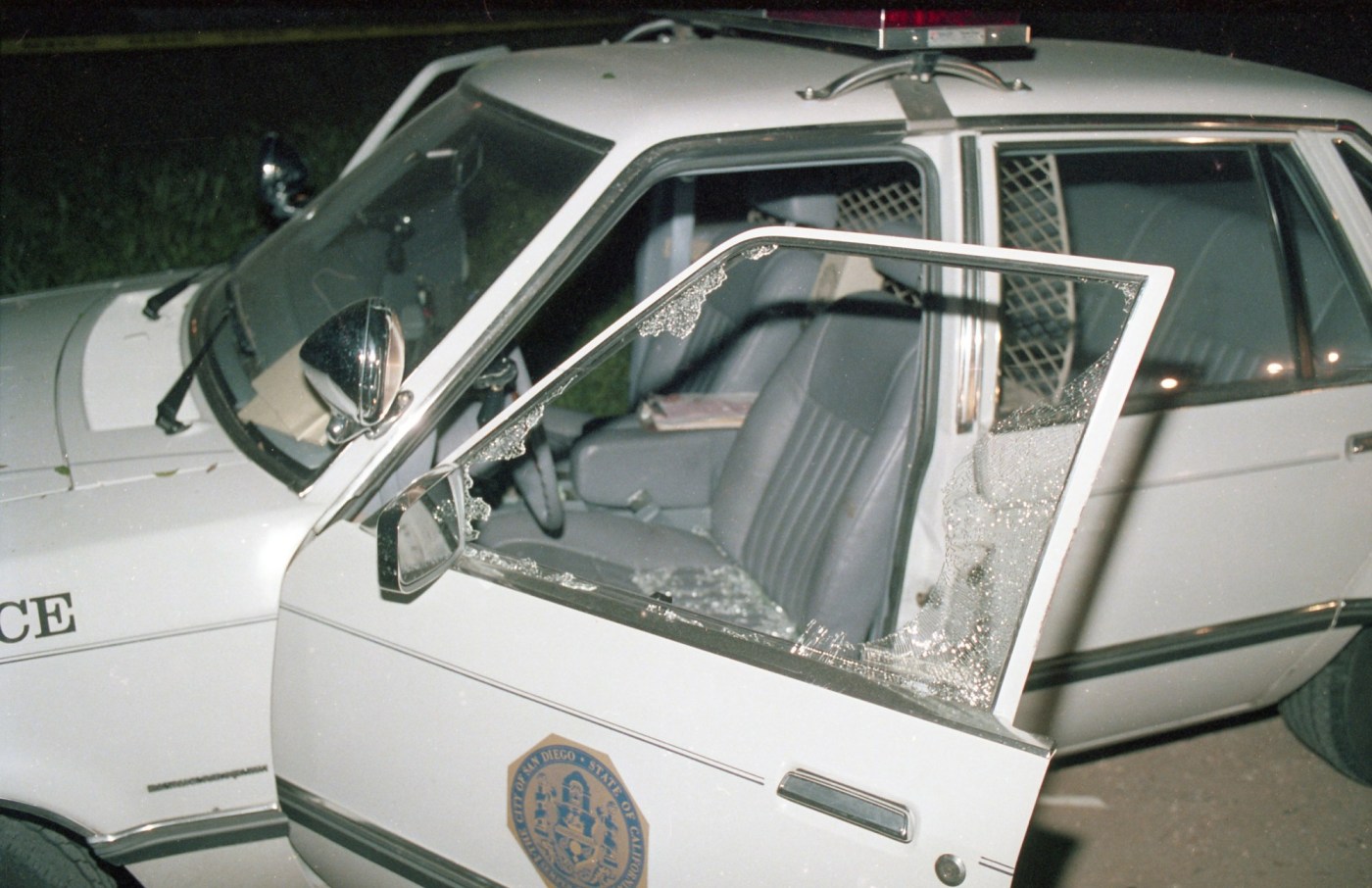
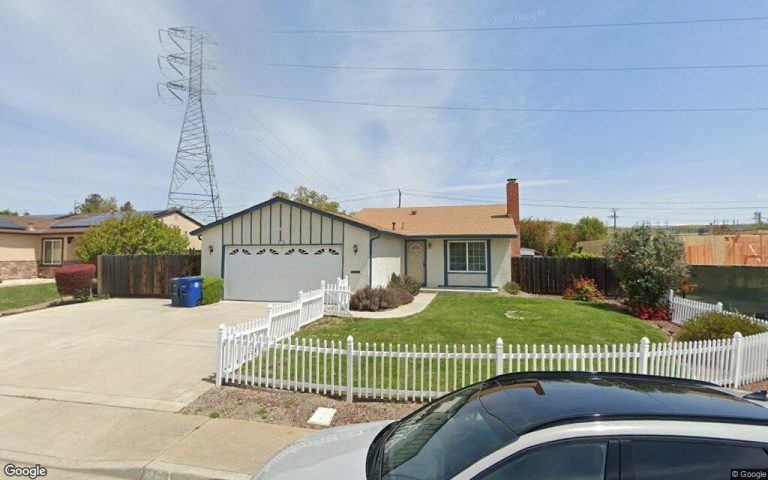


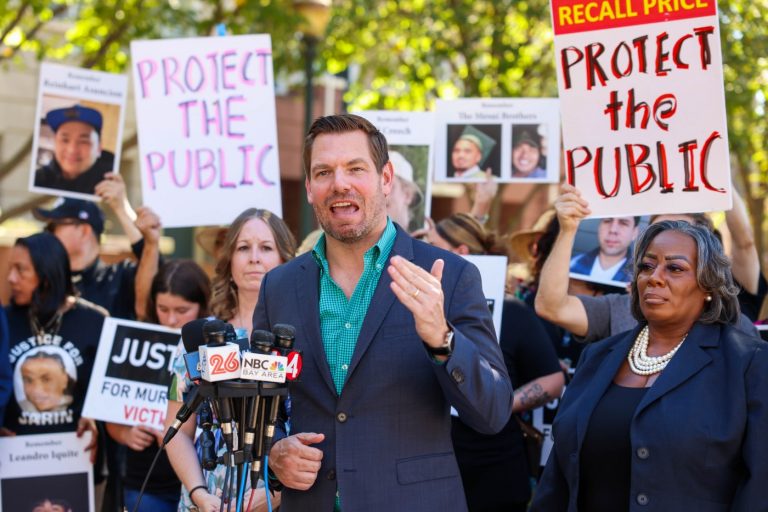

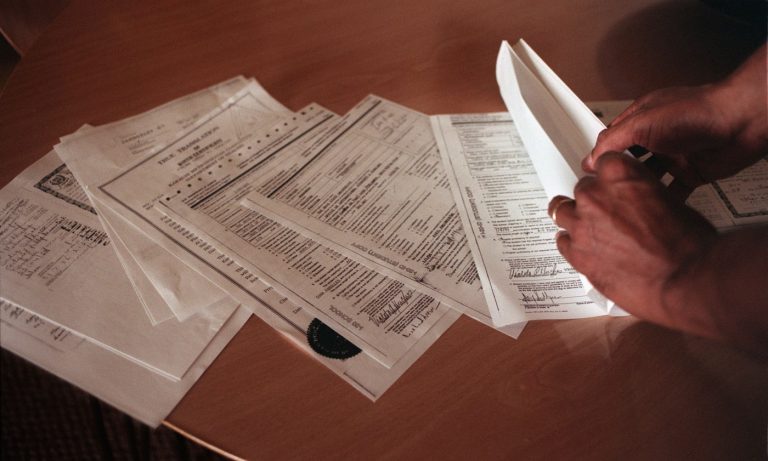
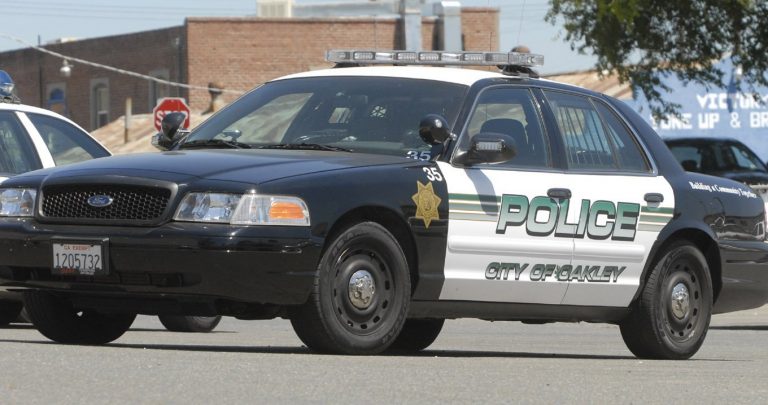

+ There are no comments
Add yours